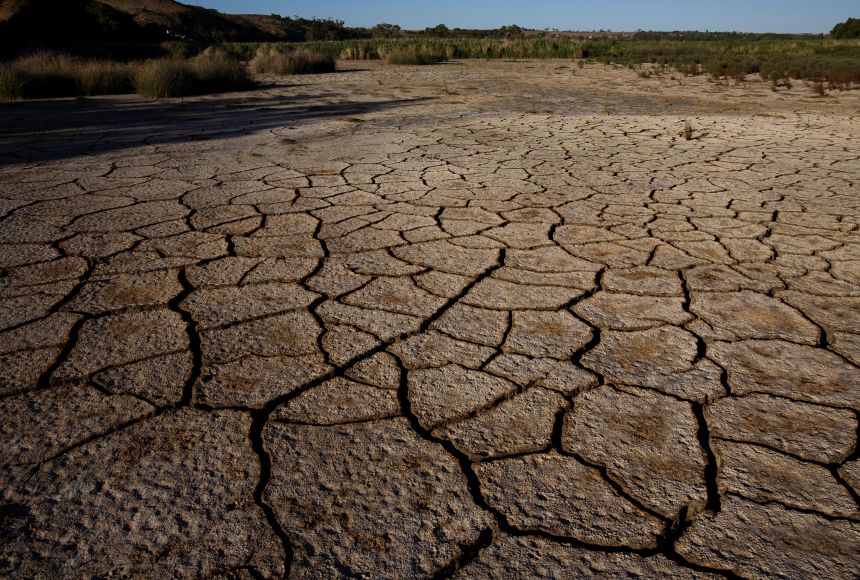Drought
Drought is a prolonged period of abnormally low rainfall, leading to a
shortage of water that can cause significant environmental, agricultural, and economic impacts. It can
result from natural climate variability, changes in weather patterns, or human activities such as deforestation
and overuse of water resources. The consequences of drought include reduced crop yields, increased wildfire risk, and
shortages of drinking water. Additionally, droughts can lead to habitat destruction, threatening wildlife and biodiversity.
The severity of droughts can vary, from short-term episodes
to prolonged periods lasting several years, with the potential to affect large geographical areas and diverse communities.
To escape or mitigate the effects of drought, several strategies can be employed.
Firstly, water conservation practices are crucial, including efficient irrigation techniques,
rainwater harvesting, and reducing water wastage in households and industries. Implementing
drought-resistant crop varieties and sustainable farming practices can also help maintain
agricultural productivity. Governments and organizations should invest in infrastructure
to store and distribute water effectively and develop early warning systems to prepare for
drought conditions. Additionally, raising awareness and educating communities about the importance
of water conservation and sustainable resource management can play a significant role in mitigating the impact of drought.
